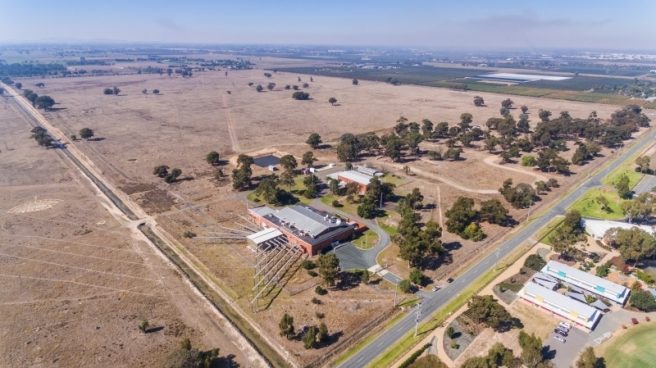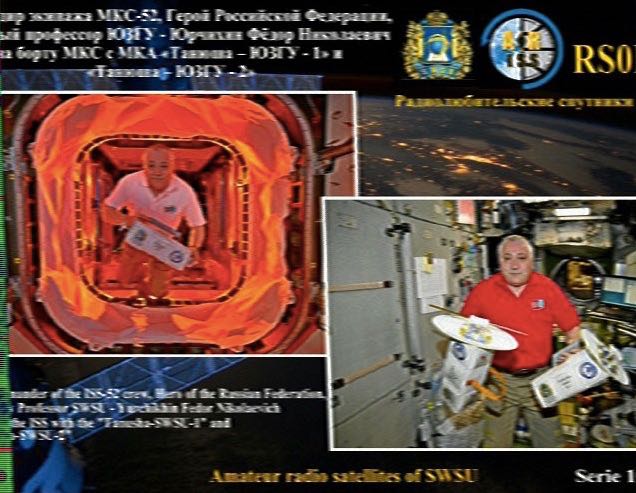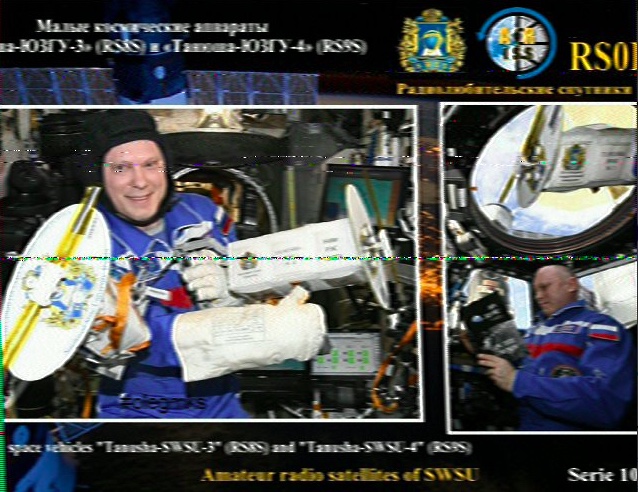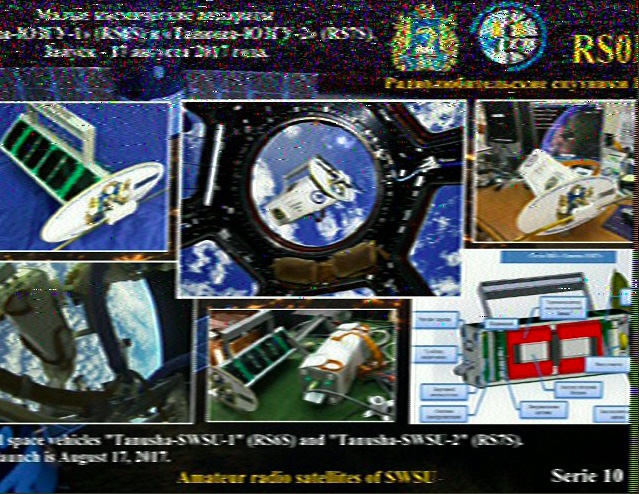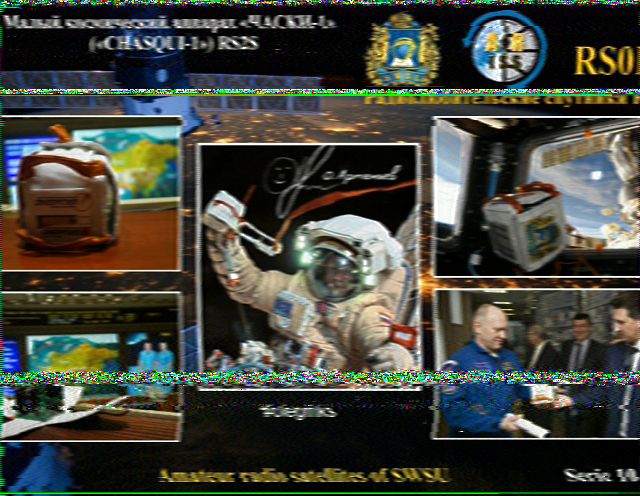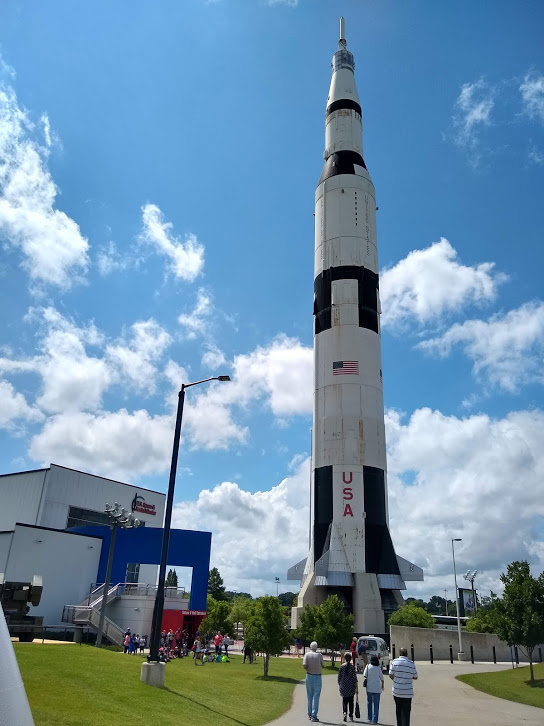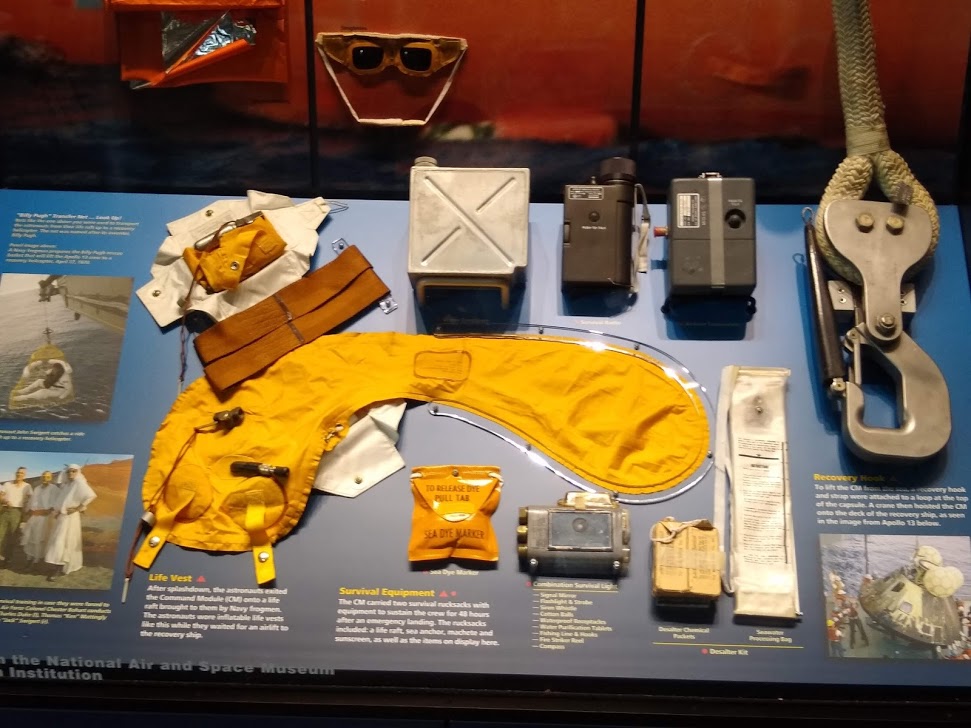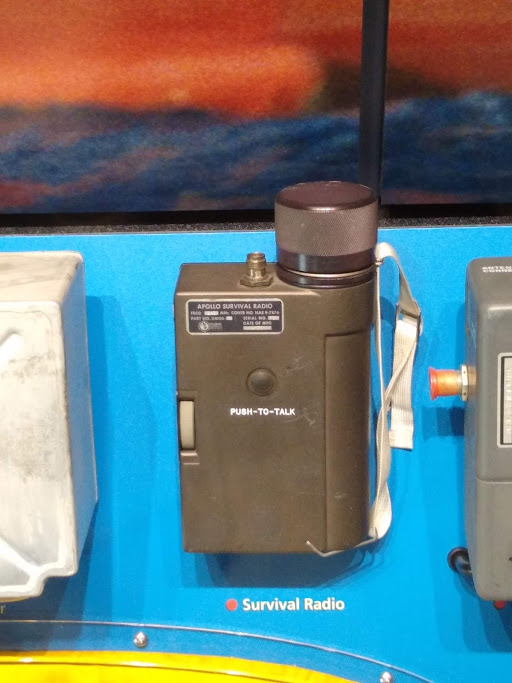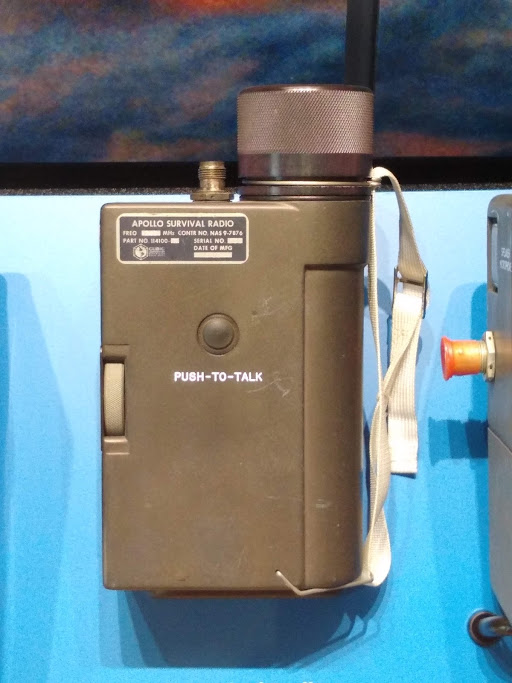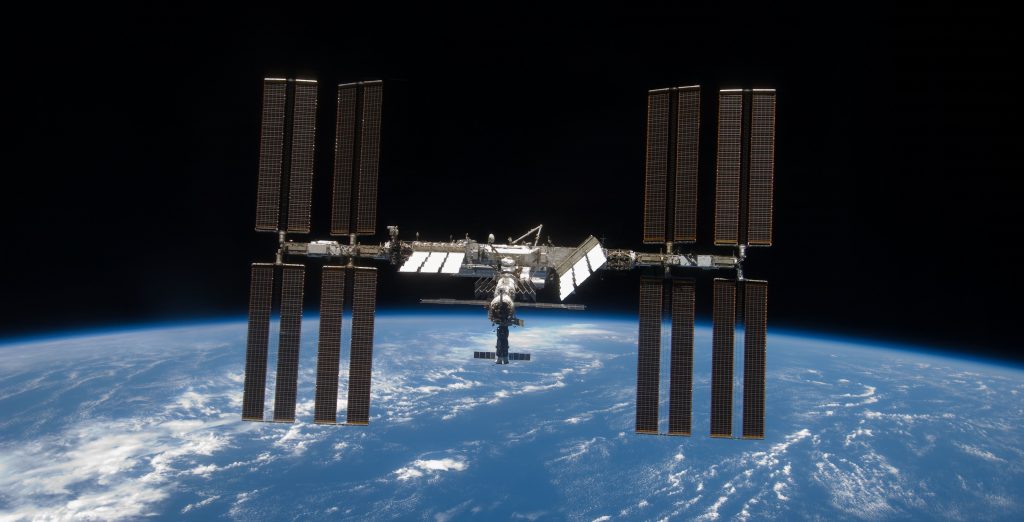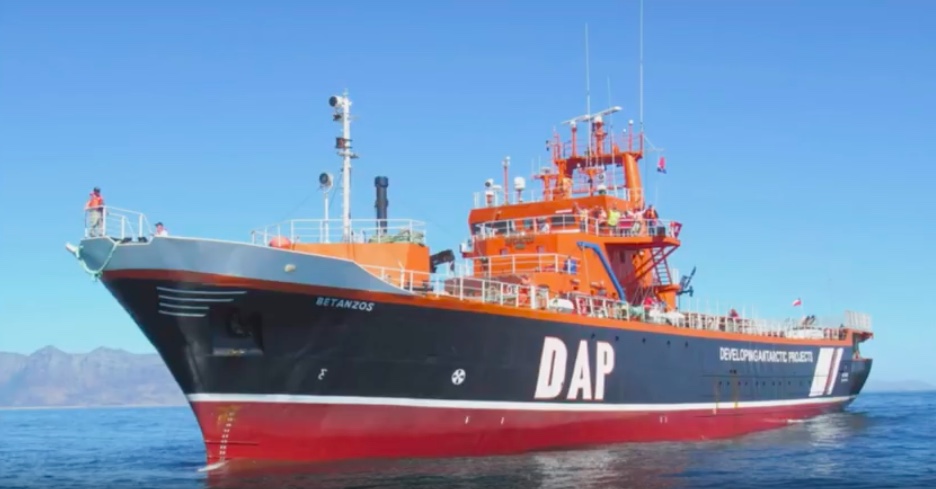(Source: Radio New Zealand via Richard Cuff)
There is a push in Australia to re-establish Radio Australia’s services to the Asia/Pacific region.
Supporters of RA in Australia hope people around the Pacific will join them in sending submissions to inquiries underway in Canberra.
It comes after savage cuts at RA that included shutting down shortwave transmission, which is seen as a critical service in many parts of the Pacific, particularly during natural disasters.
It has recently been reported that those transmission frequencies have been taken over by China Radio International.
Former RA journalist Sean Dorney said the group, of which he’s part, is trying to convince the Australian government to get back into that space.
“So there is a bit of concern in Canberra about this and I suppose the group that I’m part of are trying to convince the Australian government that it’s time to re-focus our attention on the broadcast to the region.”

